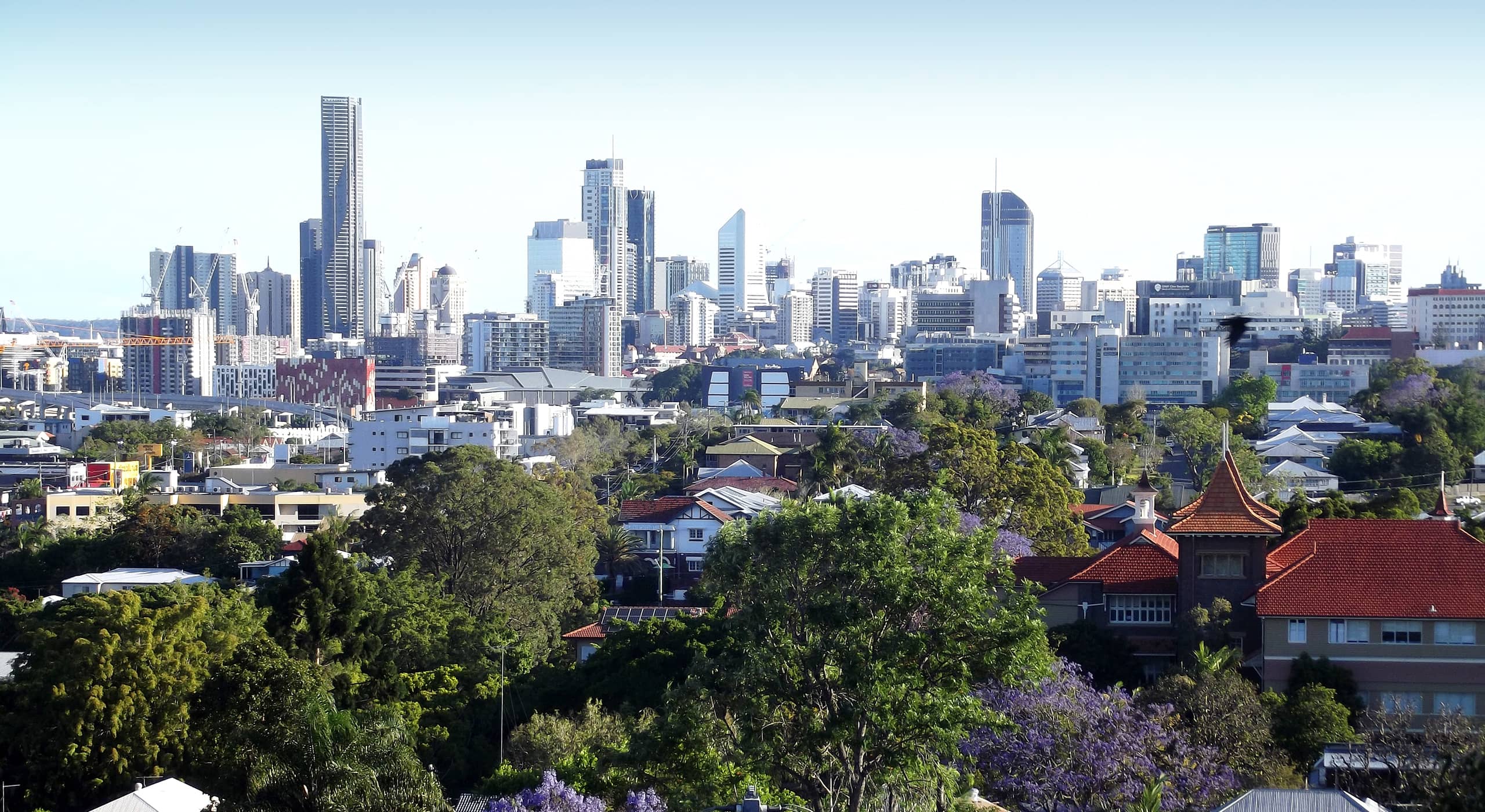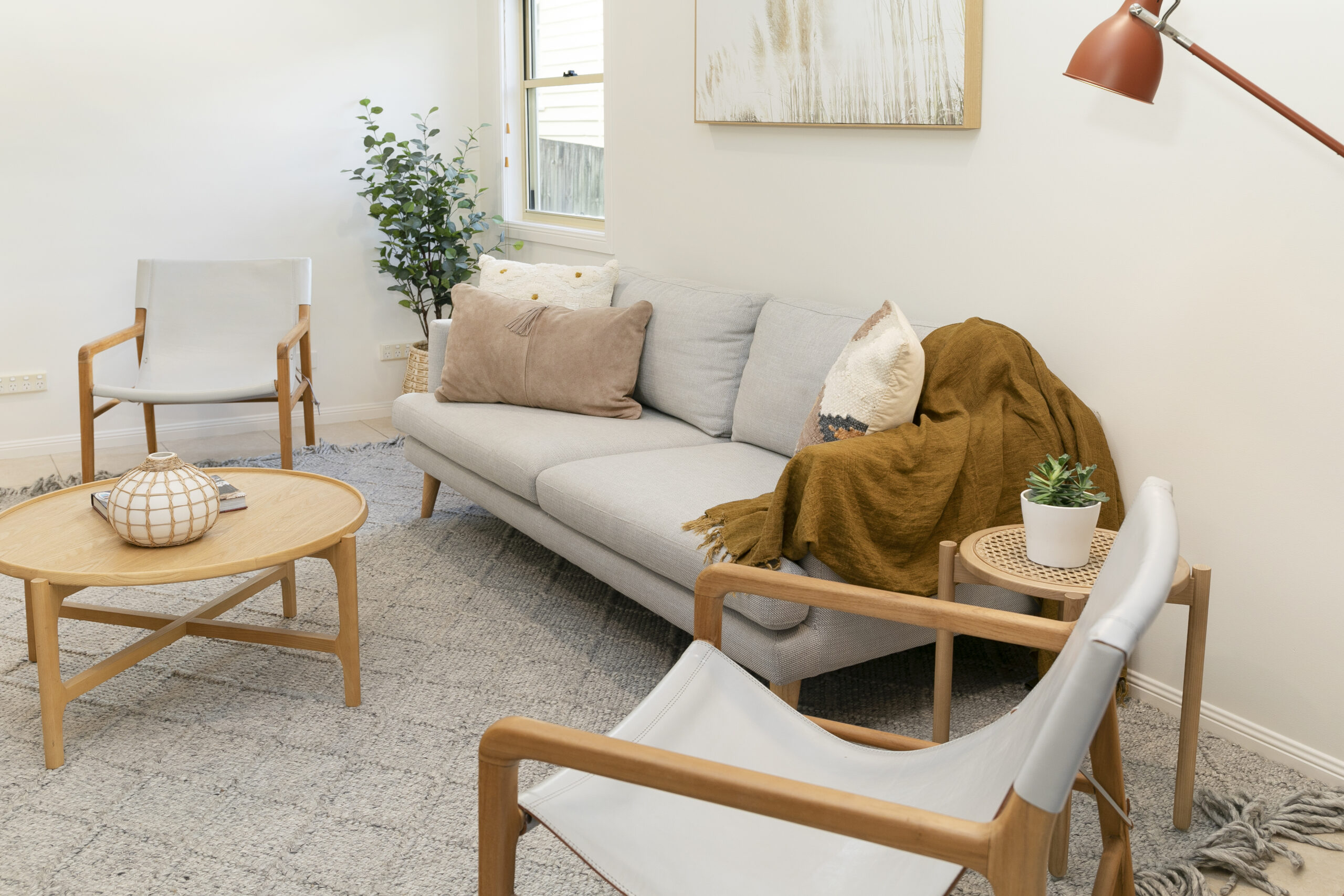Create a wind break
A high-rise balcony, even only one or two floors above ground, is affected by wind. If there’s a sea view, the wind problem may be compounded by salt. Wind damage ranges from pots blowing over to burnt, battered or torn leaves. Where pots are exposed to wind they dry out quickly adding water stress to the mix.
Be realistic about just how windy your balcony is. Even the occasional buffeting sea breeze, howling hot or bone-chilling winter winds, needs to be taken into account. Plant in heavy pots that resist wind. Glazed pots are less prone to drying out. Grow low, mound-forming plants with good salt tolerance. Don’t succumb to a ‘ball-on-a-stick’ style topiary as they are readily snapped – end of expensive topiary. Also avoid large leafed plants as the wind can make them very tatty and give hanging baskets and window boxes a miss.
Achieve a lush look by massing several plants together or erecting a trellis against a wall for a tough climber such as guinea flower (Hibbertia scandens). Grow wind-sensitive plants in the lee of the balcony railing or sheltered them with larger plants.
And bottom line: provide regular water to counteract the drying wind.
Sun or shade
Balcony gardens usually get light from only one direction so may be shaded for most of the day but exposed for part of the day to very hot sun. East-facing balconies for example are sunny first thing but shaded for the rest of the day. South-facing balconies tend to be shaded all the time but are exposed to hot afternoon sun in mid summer. West-facing balconies get sun at the end of the day and can be scorchingly hot, especially in summer.
The ideal aspect for a garden is a north or north-east facing balcony, which would be sun-drenched for most of the day. A wide-range of plants, including flowering annuals, herbs and vegetables, can be grown on these sunny balconies. And, the more sheltered from wind, the better the range you can grow.
For east and south-facing balconies, select shade-tolerant plants but provide shelter from hot sun by moving them away from the edge of the balcony or by using a screen. Camellias and hydrangeas thrive with these aspects.
If you’ve a west-facing balcony, go for tough, heat and sun-tolerant succulents or dwarf bougainvillea. Even if you can provide some sort of screening from the sun remember the area is likely to be very hot so plants need additional water on hot days and during summer.
Often balconies are shaded by the floor above. Even with the sunniest of aspects, balconies with deep overhanging roofs are best treated as shaded. Select plants that grow in shade or choose from the indoor plant section at the nursery.

Tough customers
These wind-resistant plants grow on exposed sunny or partly shaded balconies. Where available, select variegated or coloured leaf forms to add interest.
- Agave (Agave attenuata)
- Coastal rosemary (Westringia fruticosa)
- Cumquat (Citrus japonica)
- Indian hawthorn (Raphiolepis indica)
- Japanese pittosporum (Pittosporum tobira)
- Looking glass plant (Coprosma repens)
- Dwarf oleander (Nerium oleander)
Article sourced: Home Life, words Jennifer Stackhouse: http://www.homelife.com.au/gardening/features/balcony+gardens,5421



